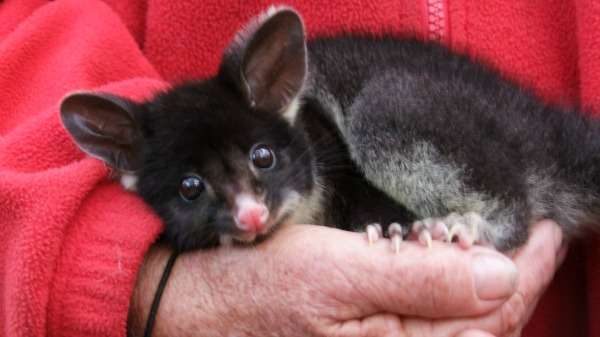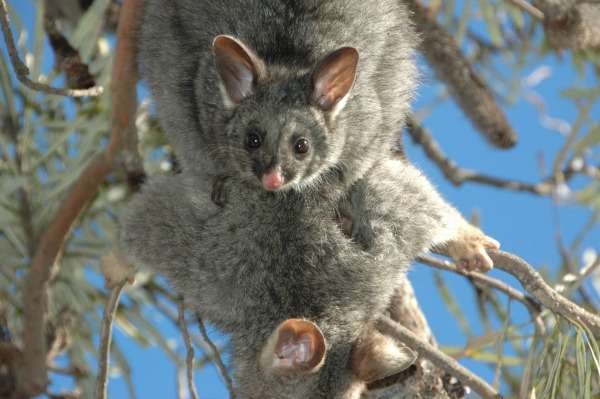South-west possum populations in peril

A small, shy subspecies of the common brushtail possum (Trichosurus vulpecular hypoleucus) or koomal will continue to disappear from south west forests unless action is taken to address climate change.
The koomal is the smallest and most elusive of six brushtail possum subspecies and is endemic to the Southwest Australian Floristic Region (SWAFR), which stretches from Shark Bay to east of Esperance.
Edith Cowan University Centre for Ecosystem Management researcher Dr Shaun Molloy says the koomal's disappearance from many parts of one of the world's biodiversity hotspots is concerning.
"They were abundant across the SWAFR but now…throughout nearly all of its home range, it's gone," he says.
The koomal needs dense forest to survive and Dr Molloy says this area is shifting and shrinking due to the impacts of climate change and habitat fragmentation.
He says the marsupial is confined to small pockets of bush that can't support large populations, and are vulnerable to foxes and cats as they are forced to spend more time on the ground.
To investigate the koomal's roaming behaviour, researchers tracked the marsupials via radio-collars near Margaret River over the course of a year.
They also used species distribution models based on predicted climate change scenarios to 2070 to create maps indicating how the koomal's distribution is expected to change.

Their research found the koomal is likely to split into two distinct populations as jarrah forest contracts around high rainfall areas—one between Serpentine and Dwellingup and the other between Pemberton and Albany.
This isolation is anticipated to cause the koomal's population to further plummet, as they compete for food, tree hollows and other resources.
Dr Molloy says their research has significant implications for other endemic, native species that rely on jarrah forest.
"What is happening with the koomal is an indicator of how climate change is impacting on flora and fauna in the southwest in general," he says.
"It poses some serious questions about how we are going to manage places where animals are going to be able to persist to get the most bang for our buck with conservation action."
Dr Molloy says people can help the koomal and other native species by keeping cats indoors, planting native vegetation, installing nesting boxes, not cutting down trees and joining their local conservation group.
Their research was published in PLOS ONE in April.
More information: Shaun W. Molloy et al. Incorporating Field Studies into Species Distribution and Climate Change Modelling: A Case Study of the Koomal Trichosurus vulpecula hypoleucus (Phalangeridae), PLOS ONE (2016). DOI: 10.1371/journal.pone.0154161
Journal information: PLoS ONE
Provided by Science Network WA
This article first appeared on ScienceNetwork Western Australia a science news website based at Scitech.




















